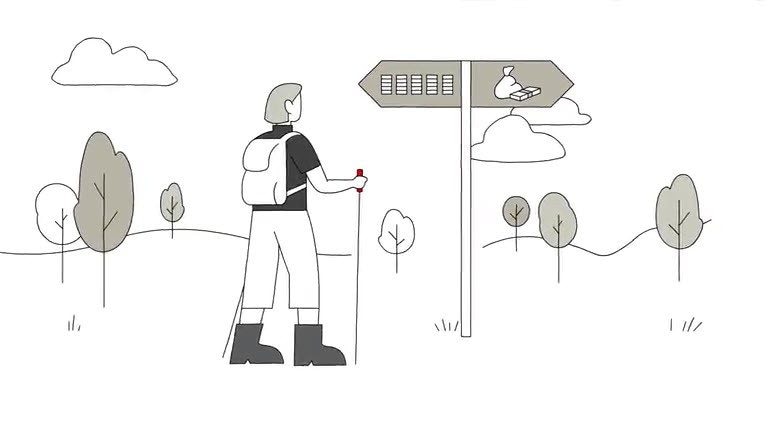We’re here for you
Arrange an appointment for a nonbinding consultation, or if you have any questions, just give us a call.

![]()
header.search.error
Pension fund
Compare the advantages and disadvantages of withdrawing your pension fund assets from pillar 2 as a regular annuity, a one-time lump sum payment or a combination of both.
Content:

Pension funds generally pay their benefits in the form of annuities. However, upon retirement, you can choose between receiving your pillar 2 funds as a regular pension (annuity), a one-time lump sum or a combination of both.

If you are looking for a secure income, you should choose a pension, while a lump-sum withdrawal will give you greater financial freedom. Weigh up the pros and cons of each alternative, or a combination of the two, and investigate your options as early as possible.
The payout options offer you various possibilities and differ in terms of taxation, flexibility and in the event of death.
Category | Category | Pension | Pension | Lump-sum withdrawal | Lump-sum withdrawal |
|---|---|---|---|---|---|
Category | Income | Pension |
| Lump-sum withdrawal |
|
Category | Flexibility | Pension | None | Lump-sum withdrawal | Capital can be used as desired |
Category | Financial market knowledge | Pension | None necessary | Lump-sum withdrawal | Recommended (possibility to consult an investment advisor) |
Category | Protection for surviving dependents (statutory benefits) | Pension |
| Lump-sum withdrawal |
|
Category | Taxes | Pension | Taxation of the full amount as income | Lump-sum withdrawal |
|
When does a lump sum make sense and when is a pension the better option?
Pros and cons | Pros and cons | Lump-sum payment | Lump-sum payment | Pension | Pension |
|---|---|---|---|---|---|
Pros and cons | Advantages | Lump-sum payment |
| Pension |
|
Pros and cons | Disadvantages | Lump-sum payment |
| Pension |
|
You can receive benefits from pillar 2 as a pension or a lump sum. Does the prospect of higher inflation favor the former or the latter? Our study provides insights.
All of a pension fund annuity is taxable as income. However, if you take a lump sum, a reduced rate is applied once. This capital payout tax is calculated independently of income and assets and is below the rates for income tax.
Most cantons determine the tax progression level based on the sum of withdrawals from pillar 2 and pillar 3a. For married couples, this calculation is based on the sum of their withdrawals. You can mitigate the effects of this progression by planning the withdrawals from your pension fund and pillar 3 in different years, or by retiring in stages.
The disbursed capital and the income generated from it are subject to annual wealth and income taxes.
From a financial perspective, a combination of annuity and capital withdrawal is worth considering. The split should be according to the following rule: current income should be enough to cover regular expenses. Any additional free capital can be invested and used to increase your budget as needed, for example to finance large projects or to pass on to your descendants.
Let your personal situation determine the optimal payout of pension and capital. Analyze your wishes and goals for retirement as well as your family and financial situation.
With an individual mixed form of pension fund withdrawal, you draw the amount you need to cover your living expenses as a pension. The remainder of the accumulated assets is paid out as flexible capital.
Alternatively, you could also consider a capital withdrawal plan for your financial planning. Controlled asset consumption gives you financial flexibility during your lifetime. Our pension specialists can help you make a decision based on your individual situation.
The free UBS Pension Check gives you a reliable overview of your current financial situation. Based on the results, you can optimize or increase your private retirement savings.
Pension or lump sum? The ideal combination depends on your personal income and asset situation, for example which other sources of money are at your disposal after retirement. One option would be to use a regular annuity to cover your ongoing needs. You can use what you withdraw as a lump sum to finance the extras in your life after you retire.
Arrange an appointment for a nonbinding consultation, or if you have any questions, just give us a call.
Disclaimer